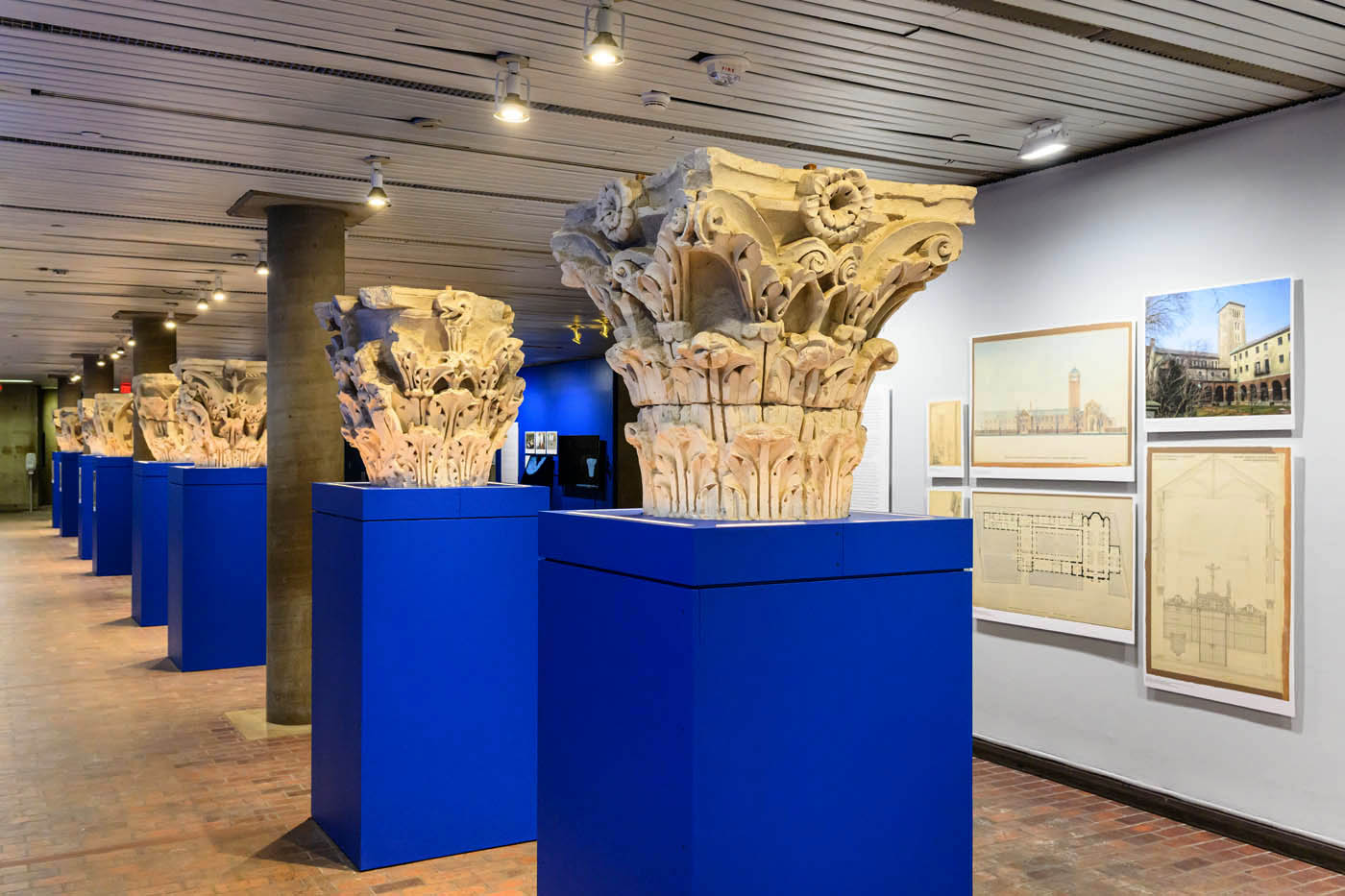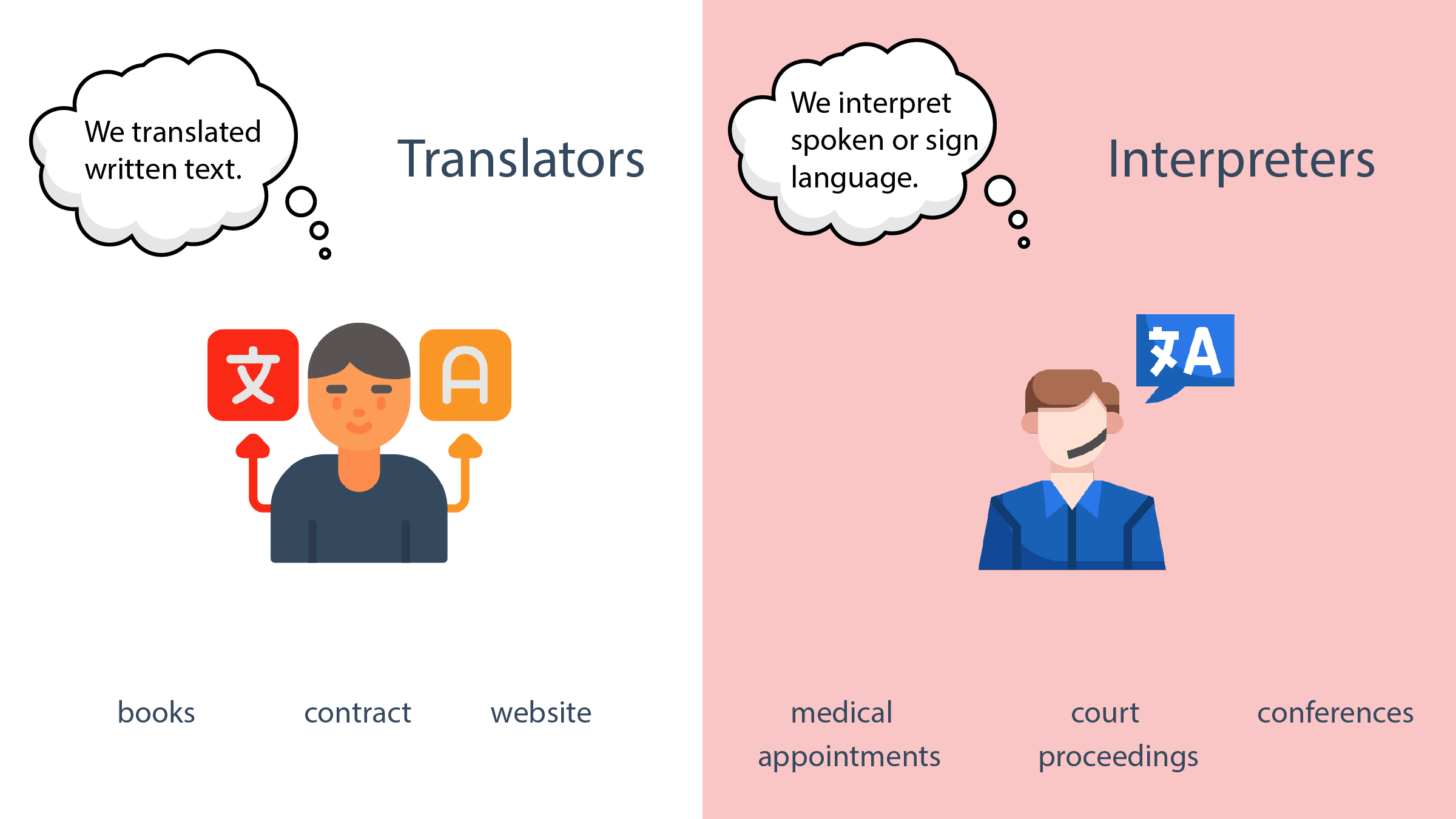“Envisioning Cluny” beautifully encapsulates the ambitious journey of Kenneth Conant, who, in the 1920s, sought to revive the glory of Cluny III, the largest structure in medieval Europe that fell to ruins during the French Revolution. Through meticulous research and pioneering techniques, Conant dedicated his life to reconstructing the architectural history of this monumental abbey. This captivating exhibition at Harvard’s Graduate School of Design showcases how modern technology, from 3D digital models to immersive virtual reality, has transformed the way we engage with medieval architecture. Visitors can explore the intricacies of Cluny III and appreciate its historical significance through a lens shaped by Conant’s passion and scholarly endeavors. “Envisioning Cluny” is not merely an exploration of brick and mortar; it’s a vivid testament to the evolution of architectural representation over the centuries.
The exhibit titled “Envisioning Cluny” delves into the life and work of a visionary scholar who revolutionized our understanding of a monumental abbey that once dominated the medieval landscape of Europe. Kenneth Conant’s extensive research, from drawings to innovative digital reconstructions, highlights the profound shift in how architectural history is perceived and studied today. Through engaging digital artifacts and historical narratives, this presentation illustrates the transition from traditional methods to contemporary techniques, giving audiences a fresh understanding of Cluny III’s grandeur. This exploration not only respects the legacy of Cluny’s architectural brilliance but also invites a dialogue about the transformative power of technology in cultural heritage studies. By showcasing the remarkable journey of reconstructing the past, “Envisioning Cluny” inspires both scholars and the public to appreciate the intricacies of architectural storytelling.
The Historical Significance of Cluny III
Cluny III, constructed in the late 11th century, holds a prominent place in architectural history as a symbol of medieval monasticism and artistic innovation. As the largest church in Europe at the time, its sheer size and elaborate design reflected the wealth and influence of the Benedictine order. The abbey served not only as a spiritual center but also played a crucial role in the development of the Romanesque style, paving the way for future architectural advancements across Europe. Understanding its significance provides insight into the cultural and religious landscape of the medieval period.
The abbey’s demolition post-French Revolution marked a dramatic shift in the preservation of historic structures. The loss of Cluny III echoes the broader impact of sociopolitical changes on architectural heritage. It is a reminder of the fragility of historical sites, reinforcing the need for modern techniques in preservation and reconstruction. As scholars like Kenneth Conant ventured to reconstruct its likeness, Cluny III became a case study in both the restoration of architectural history and the enduring quest to understand and preserve our past.
Kenneth Conant and His Legacy
Kenneth Conant’s exploration of Cluny III in the 1920s represents a pioneering approach to medieval architecture that combined meticulous research with a profound appreciation for the artistry of the past. A Harvard alumnus, Conant dedicated his career to uncovering the architectural nuances of medieval structures, specifically focusing on how to visualize what has been lost over centuries. His landmark efforts not only involved interpreting fragmented remains but also engaged with the cultural narratives they represented, solidifying his legacy as a pivotal figure in architectural history.
Beyond his architectural examinations, Conant was a trailblazer in using emerging tools to analyze historical sites. He meticulously documented his findings through detailed illustrations, demonstrating an early recognition of the connection between art and architectural history. This convergence highlights the importance of interpreting medieval architecture not just as physical constructs but as cultural artifacts that tell larger stories about society, spirituality, and artistry in the ages they were built.
Technological Advancements in Architectural Study
The evolution of technology has transformed the approach to studying medieval structures significantly. Today, techniques like photogrammetry generate detailed 3D digital models that provide unprecedented access to historic artifacts. These models allow students and researchers to explore architectural forms interactively, creating a dialogue between contemporary interpretation and historical understanding. With tools unavailable to earlier scholars, the examination of remains like those from Cluny III becomes a collaborative effort that bridges the past with the present.
Moreover, the integration of virtual reality in architectural education enriches learning experiences, giving students the ability to immerse themselves in spaces that once existed in their entirety. This shift reflects a broader trend in architectural scholarship that embraces innovation while keeping the essence of historical inquiry intact. Understanding how technology could reconstruct and reimagine places like Cluny III enables a deeper appreciation of their original grandeur and cultural import.
The Artistic Complexity of Cluny Capitals
The eight capitals salvaged from Cluny III exemplify the intricate artistry of Romanesque sculpture and serve as a focal point for ongoing interpretation and debate. Each capital, despite being damaged, showcases elaborate designs representing humans, flora, and musical motifs, inviting speculation about their intended narrative and artistic techniques. Scholars like Christine Smith emphasize the diversity of thought around these capitals, from theories of a single sculptor to multiple artisans influencing their design, highlighting the complexities in attributing authorship within historical art.
For Kenneth Conant, these capitals represented a quest for meaning in a seemingly random collection of stones. His early belief in a cohesive message about monastic life evolved as he grappled with their mysteries, sparking an enduring scholarly interest that resonates even today. The ongoing discussions and studies surrounding these capitals are testament to the evolving nature of architectural history and the dialogues that emerge from interpreting its fragments.
Reconstructing the Past: Challenges and Opportunities
Reconstructing historic structures like Cluny III introduces a myriad of challenges, notably in how to balance accuracy with artistic interpretation. As Kenneth Conant demonstrated, imagining a building based on incomplete remains necessitates a blend of creativity and scholarly rigor. Modern practitioners face similar dilemmas, navigating the fine line between recreating an authentic representation and infusing contemporary understandings of architecture and aesthetics into their work.
The opportunities that arise from these efforts, however, are profound. By utilizing historical data, excavation findings, and modern technology, architects and historians can construct informed reconstructions that provide educational experiences. For instance, exhibitions like ‘Envisioning Cluny’ not only showcase the history of Cluny III but also emphasize the methods through which we can interact with and understand medieval architecture today, thus preserving its legacy.
Interactive Experiences in Architectural Education
The integration of interactive technologies in educational contexts marks a significant shift in how architectural history is perceived and studied. The use of 3D models of Cluny III not only allows for closer examination of its architectural details but also enhances engagement through tactile experiences, inviting students to explore these remnants from multiple perspectives. This aligns with a growing trend in educational institutions to incorporate technology in ways that stimulate analytical and critical thinking about historical sites.
By employing digital tools, educators can encourage students to participate actively in their learning. They can manipulate 3D models of Cluny III to understand spatial relationships and architectural forms, thus transforming passive observation into dynamic exploration. This pedagogical approach fosters a deeper connection to the subject matter, ensuring that the study of medieval architecture remains a vibrant and evolving field that continues to inspire future generations.
Inspiring a New Generation of Architectural Historians
The challenge of inspiring new generations in the field of architectural history is closely tied to how we present and interpret significant historical sites like Cluny III. With technological advancements redefining experiences, it becomes essential to engage students through contemporary narratives and methods. By showcasing the work of pioneering scholars like Kenneth Conant alongside modern interpretations, educators can cultivate a fascination with both the history and the future of architecture.
Efforts to celebrate the legacies of figures like Conant, integrated with modern technologies, motivate students to reconcile past and present architectural practices. This not only enhances their understanding of historical context but also encourages them to consider their roles in the evolving narrative of architectural history. As future architects and historians explore the complexities surrounding sites like Cluny III, they will not only honor its past but also shape the future, ensuring that the lessons learned continue to resonate.
The Future of Architectural Preservation
As we reflect on the legacy of medieval structures like Cluny III, the focus on architectural preservation remains critical in our contemporary context. The lessons learned from Kenneth Conant’s methods of observing and reconstructing history exemplify the ongoing need to value and protect our cultural heritage. Preservationists today face a unique challenge: balancing the conservation of what remains with the desire to reconstruct based on historical accuracy and integrity.
The future of architectural preservation will rely heavily on collaboration between historians, architects, and technology specialists. By adopting advanced documentation methods and digital tools, we can create a comprehensive record of historical structures while ensuring that their stories are not lost to time. This commitment to preserving architectural history serves not only as a respect for our past but as a guiding principle for responsible building practices moving forward.
Exploring the Role of Community in Architectural History
The role of community engagement in the study of architectural history is increasingly recognized as a vital component of scholarship and preservation. As exhibited in the explorations of Cluny III, local communities have historically contributed to the life of buildings, influencing their functions, uses, and narratives. Understanding the social context surrounding architectural developments enriches the study by providing insight into how structures like Cluny were functioning within their historical milieu.
Community involvement can also play a significant role in the preservation and interpretation of heritage sites today. By fostering connections between local communities and academic institutions, we can cultivate a shared responsibility for the stewardship of architectural history. Engaging the public in discussions about sites like Cluny III ensures that diverse perspectives inform our understanding of the past and help shape the future of architectural heritage.
Frequently Asked Questions
What is ‘Envisioning Cluny: Kenneth Conant and Representations of Medieval Architecture’?
‘Envisioning Cluny’ is an exhibition that showcases the work of architectural historian Kenneth Conant in reconstructing the medieval abbey of Cluny III, which was destroyed during the French Revolution. The exhibit explores the evolution of understanding medieval architecture, featuring digital models, photographs, and hand-drawn sketches.
How did Kenneth Conant contribute to the study of Cluny III?
Kenneth Conant’s efforts in the 1920s focused on painstakingly recreating Cluny III, once Europe’s largest building, using available architectural evidence and his deep knowledge of similar medieval structures. His work laid the groundwork for modern understandings of architectural history and reconstruction.
What can visitors expect to see at the ‘Envisioning Cluny’ exhibition?
Visitors to the ‘Envisioning Cluny’ exhibition can see a range of representations of medieval architecture, including 3D digital models of Cluny III’s capitals, photography from Conant’s excavations, and modern interactive displays that allow deeper engagement with the historic architecture.
In what ways has technology changed the study of medieval architecture, as highlighted by ‘Envisioning Cluny’?
The ‘Envisioning Cluny’ exhibit illustrates how technology, such as photogrammetry and 3D modeling, has revolutionized the study of medieval architecture. These advancements enable students and scholars to interact with architectural artifacts in ways that were previously unimaginable, enhancing understanding and interpretation.
What significance do the capitals found at Cluny III hold in the context of medieval architecture?
The capitals discovered at Cluny III are significant as some of the earliest examples of figural sculpture in the Romanesque era. Their complex designs and the mystery surrounding their origins continue to be a focal point for study and interpretation within the architectural history of medieval Europe.
What themes does the ‘Envisioning Cluny’ exhibition explore regarding architectural history?
The ‘Envisioning Cluny’ exhibition explores themes such as the reconstruction of historical structures, the evolution of architectural scholarship from the era of Kenneth Conant to today, and the use of modern technology to visualize and understand medieval architecture in a new light.
Why is Cluny III considered an important site in medieval architecture?
Cluny III is considered an important site in medieval architecture due to its size, grandeur, and historical significance as a center of Benedictine monastic life. It was not only a major architectural achievement but also a cultural and spiritual hub during its time, influencing the design of later European churches.
How does ‘Envisioning Cluny’ demonstrate the intersection of art and technology?
‘Envisioning Cluny’ demonstrates the intersection of art and technology by showcasing how digital models and interactive displays can enhance the experience of historical architecture. It reveals how modern tools can aid in the interpretation and appreciation of artistic heritage, bridging the gap between past and present.
| Key Points |
|---|
| The exhibition showcases Kenneth Conant’s efforts to reconstruct Cluny III, the largest building in medieval Europe. |
| Cluny III was constructed in 1088, stood for over 700 years, and housed around 1,000 monks. |
| After the French Revolution, Cluny III was demolished, leaving only remnants such as the south transept. |
| Kenneth Conant, an architectural historian from Harvard, conducted extensive research and excavations on Cluny. |
| The exhibit explores advances in architectural study from sketches to digital models and virtual reality. |
| The Cluny capitals discovered by Conant are early examples of Romanesque figural sculpture, with unresolved mysteries. |
| Today’s students use technology, such as 3D models created through photogrammetry, to study architectural designs. |
| The exhibition is titled “Envisioning Cluny: Kenneth Conant and Representations of Medieval Architecture, 1872–2025.” |
Summary
Envisioning Cluny reveals the fascinating journey of Kenneth Conant’s quest to reconstruct the grandeur of Cluny III, once the most magnificent building in medieval Europe. This exhibition not only highlights Conant’s scholarly dedication but also emphasizes the evolution of architectural history from traditional sketches to modern digital techniques. Through innovative technologies and approaches, today’s architectural students and scholars gain fresh perspectives on how to envision and understand historical structures that may no longer exist.


